#lieksa
Explore tagged Tumblr posts
Text

Pankakoskentie, Pankakoski, North Karelia, Finland.
115 notes
·
View notes
Text

Ukko Koli, Lieksa, Finland
Hendrik Morkel
12 notes
·
View notes
Text
The greywolf ate apples in Lieksa, North Karelia!
#Iltalehti#Iltis#Lukijan video#Suomi#Finland#North Karelia#Pohjois Karjala#Lieksa#Susi#Grey Wolf#Eating#Syö#Omena#Apple#Malus domestica#Canis lupus#suomitumppu#suomi tumppu#suomitumblr#suomi tumblr#wolf#Piha#garden#courtyard
9 notes
·
View notes
Text
Peter Franzén as Laszlo










Peter in Lieksa! (2007)
#the earrings really suit him#Ilmari should've worn his shirt more open like this#peter franzén#lieksa!#my posts#my photos#i think im gonna peter post on here occasionally#the man is just so beautiful and i want everyone to look at him
3 notes
·
View notes
Text




Finland City Flag Wars: Round 1, Bracket 6
24 notes
·
View notes
Note
The ice road between Koli and Vuonislahti in Pohjois-Karjala, Finland
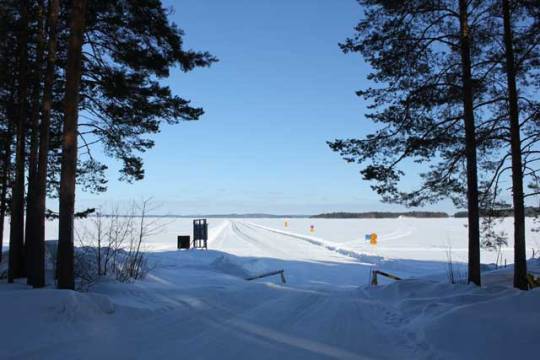
(photo from https://www.pohjoiskarjala.com/kunnat/lieksa/matkailu/kolin-jaatie)
33 notes
·
View notes
Text


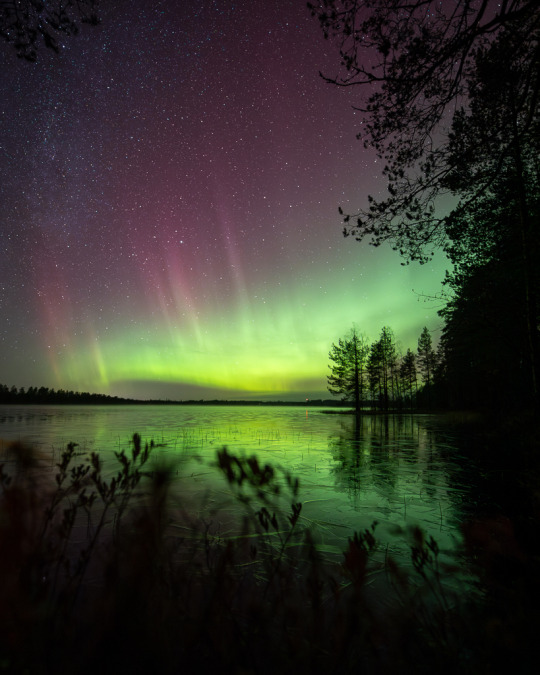
Aurora over Lieksa, North Karelia, Finland. Photos by Satu Juvonen, 20-21 Oct '23. "Järvi sai jääkukat pintaansa, pakkasta 8 astetta." "The lake has 'ice flowers' on its surface, 8 degrees below zero [Celsius]" ( -8°C = +17.6°F )
44 notes
·
View notes
Text
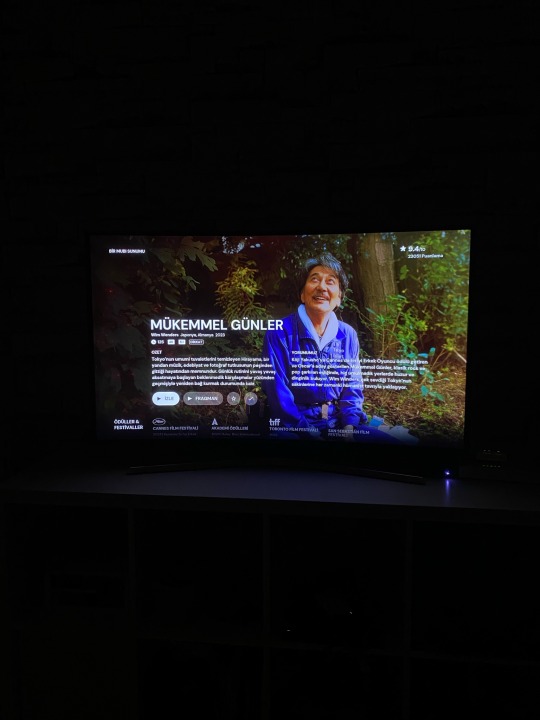

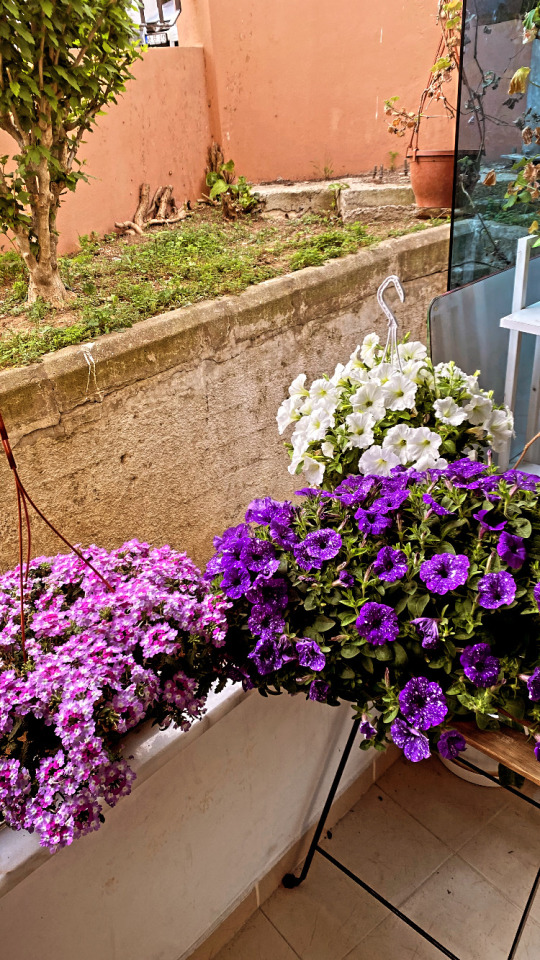
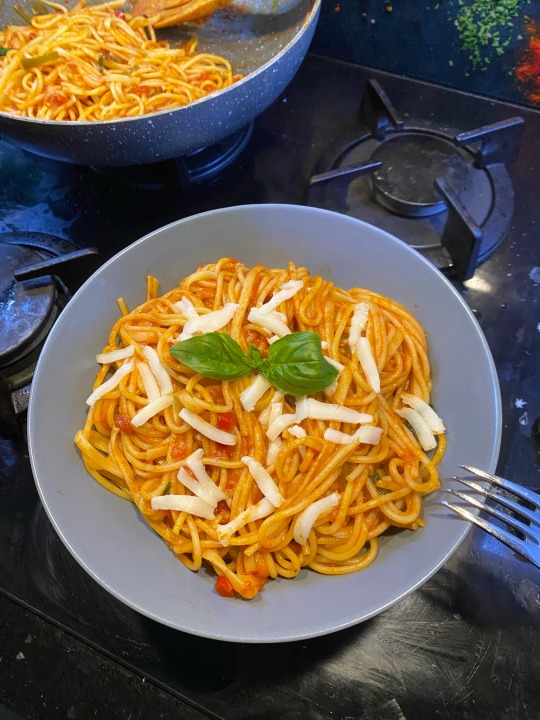
16 notes
·
View notes
Text
My majestic friends

In summer 1998 the Finnish Forest Administration hired me to support an inventory determining the potential Natura 2000 areas under the EU Habitats Directive. I was excited about the opportunity and eager to explore the uninhabited forests of Eastern Finland! My task was to identify biodiversity rich sites and gather information that would contribute to a selection of areas for conservation.
I got a light blue Toyota car and maps to navigate the logging roads in Lieksa and Ilomantsi, two remote municipalities in the Eastern Finland. During the days I was alone, and, in the evenings, I met with my fellow workers in the lodging provided to us in camping sites and forester huts.
It was a summer filled with mosquitoes in wet gullies and intense sun in the apocalyptic sites of “final felling”.[1] I also met some bears, and while they must have seen me, I only saw their steaming excrement, coloured blue from the berries (Vaccinium myrtillus), or hastily plunged yellow chantarelle stems (Cantharellus cibarius).
When I close my eyes to look back to the memories of summer 1998, I can see two sites in front of my eyes.
First is a lush grove with northern wolf's-bane (Aconitum lycoctonum) and tall ostrich ferns (Matteuccia struthioptera) and translucent green leaf mosses. It was a tiny green paradise, and I can still hear the water flowing in the creek beneath my feet.
Second is a steep hill with intimate quality of majestic beauty, a few pine trees clearly over 200 years old mingled with younger birch, aspen and rowan. I remember ticking the box of cultural significance and shading the site in the inventory map as a “high conservation value”, frantically looking for something in the list of threated species. To my disappointment, despite the variety of shrubs, flowering plants, and interesting fungus of rotting tree trunks on forest floor, nothing was on my list.
I was a young botany student and my inventory list included mainly plants, but I also looked for signs of small mammals, such as droppings of Siberian flying squirrel (Pteromys volans) that would guarantee the further investigation of the area. Unfortunately, bear was not on my list of key inventory species, I would have loved to tick that box.
A few weeks after finishing the work I got a phone call from my supervisor; she was excited to tell me all the areas that had been accepted to the list. There were several from my list that had made it to the second stage!
The lush green grove was among them, situated in the middle of the otherwise less impressive commercial forest estate, but it was now among those, which could possibly be protected within Natura 2000 new conservation sites. I smiled, and then something darker surfaced from beneath of my belly. With a slightly shaky voice, I asked her: “What about the site shaded with a high conservation value, the beautiful southern slope with old pine trees?”
I could hear her scuffling through her papers, trying to locate the site I was talking about. After a pause, she answered, with a slight hesitation in her voice: “No, that site is not here, unfortunately, it did not make it to the list for further investigation.” After this she again congratulated me on the good notes, and how we had done extremely well, with so many new sites proposed. There was a click, the call had ended.
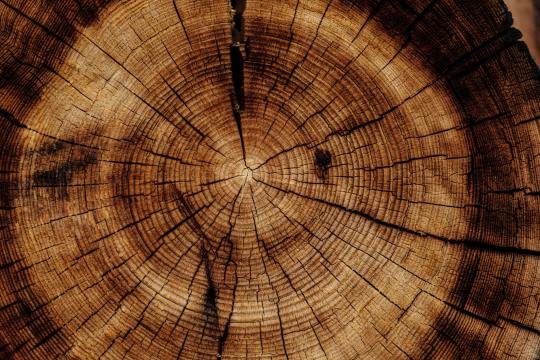
Photo by Joel & Jasmin Førestbird on Unsplash
Who holds the history when the one who has seen it is gone?
Now after 30 years when I close my eyes, I can still smell the pine resin, it is like encountering an old friend after a long time. In my imagination these same pine trees shaded children in the forest herding the cows, in the young independent country of Finland at the start of the century, or a soldier during the second world war stopped to admire the view opening from the southern slope during his advance. Perhaps, a few centuries earlier, the ancestors of these trees provided encouragement for the hunter searching for an elk to serve as dinner to her clan. And then, when I open my eyes, I remember that these pine trees, my majestic friends, are no more there.
These trees were “too old”, not a prime quality timber for construction, clearly over the official recommended final felling time. However, if they did not make to the Natura 2000 list, I don’t think there was anything to stopping their commercial use.
“The fibres of conifers, such as pine and spruce, are long and spaced apart. Because the long fibres give the pulp strength, softwood pulp is often used for products that require durability. Coniferous wood also increases the absorbency of the product, making it suitable for applications such as paper towels, baby nappies and other hygiene products.[2]”
Maybe these pines ended up as pulp and paper for packaging the goods we buy at the supermarket, or as nappies, or as toilet paper.
We humans categorise and classify, put some species in the list of threatened, vulnerable and endangered, making them scarce and more “valuable”, and some on the common list of trivial and prevailing, and thus exploitable. We make decisions to conserve or utilise based on the arbitrary boundaries of modernity on what is valuable and what is not. Is that the best we can make?
________________
References
1] Up to very recently Finnish forest management guidelines suggested clear-cutting/final felling of trees at the end of the “cultivation” period, which included ploughing the ground, which turn the forest floor into treacherous swales and heaps.
2] https://www.upmpulp.com/fi/uutiset-ja-materiaalit/blogit-ja-tarinat/stories/sellu-yllattaa-monipuolisuudellaan/
29 notes
·
View notes
Text
16 notes
·
View notes
Text

Heikkiläntie, Mähkö, North Karelia, Finland.
31 notes
·
View notes
Text
National Coalition Party (NCP) leader Petteri Orpo has called a meeting of political party groups in parliament scheduled for 2pm on Thursday where he is expected to announce which parties are being invited to formal negotiations on forming a new coalition government.
According to Helsingin Sanomat's sources (siirryt toiseen palveluun), the talks will include the NCP, Finns Party, Swedish People's Party and the Christian Democrats.
It points out that a coalition of these four would have a rather thin, but still workable, majority of seats in parliament.
However, the composition of the upcoming government is not yet fullly certain, the paper writes.
If no agreement is reached on a government programme, Orpo will have to attempt negotiations with different partners. According to HS sources, government negotiations and putting together a government programme are going to be difficult.
The programme will spell out the new government's most important policies and goals. It is intended to be the glue that holds the administration together.
The two main parties in this possible coalition, the NCP and Finns Party, have disagreements at least on work-based immigration, relations with the EU and the implementation of climate goals.
Government negotiations are always about making compromises, and no party gets all of its goals written into the programme.
Usually, government formation negotiations in Finland have lasted about a month.
Nato naval operations
The Finnish Navy is prepared to provide mine countermeasures vessels, missile boats and coastal forces for use in Nato operations located outside the Baltic Sea, the Uutissuomalainen news group reports.
Iltalehti notes (siirryt toiseen palveluun) that the commander of the country's naval forces, Rear Admiral Jori Harju, told the news group that Finland cannot get a "free ride" in Nato and has to make its own capabilities available to the defense alliance if necessary.
However, Finland will not assign its largest Hämeenmaa-class vessels to Nato operations elsewhere, as they are needed for Finland's own defense in the Baltic Sea.
Hämeenmaa-class ships are used not only for mine laying, but also as command ships and in the protection of maritime traffic and surveillance of the sea area.
The production of new Ostrobothnia-class corvettes will begin next autumn at the Rauma shipyard. The Finnish Navy will take delivery of four corvettes, all of which will be completed by the end of 2029.
These warships will also be capable of operating in Arctic seas.
"The Ostrobothnia-class corvettes offer us the kind of performance that is useful in Nato operations also outside the Baltic Sea area," Harju told Uutissuomalainen.
Veterans Day
National Veterans Day is being marked in Finland today, Thursday, 27 April, to honour the men and women who served in three separate conflicts between 1939 and 1945.
Joensuu's Karjalainen (siirryt toiseen palveluun)reports that there are still some 2,600 surviving veterans, of which 1,500 are women. The average age of veterans is now 98, and there are approximately 350 veterans who have reached the age of 100.
Observances include the laying of wreaths at war graves and memorials. Karjalainen writes that the city of Lieksa has also remembered veterans in the area with a letter and gift card.
"Thanks to our veterans, we can live and enjoy a good standard of living, freedom of speech and peace in Finland. We must respect this heritage and make sure that the sacrifices made by the veterans of our wars are not forgotten in the future either," Lieksa's mayor, Jarkko Määttänen, said in a release.
Flood warnings
Rivers may start flooding low-lying fields in the provinces of Ostrobothnia, North Karelia and North Savo this week, writes the farmers' union paper Maaseudun Tulevaisuus (siirryt toiseen palveluun).
Recent cooler weather had brought the rise of the water levels of the rivers in Central and North Ostrobothnia to a standstill, but as the weather warms up, water levels will continue to rise, and heavy rains will contribute even more.
Rivers are expected to be at their spring average or greater flood peaks towards the end of the week.
In southern regions, river ice is already gone or weakened, but further north there is still a risk of ice jams.
Southern Finland's lakes are partly at their highest spring levels, but elsewhere lake waters are still rising.
Swedish melodies
Swedish speakers are more attuned to melody and have a better sense of rhythm than speakers of, for example Finnish or English, according to new research reviewed by Hufvudstadsbladet (siirryt toiseen palveluun).
A study published in the latest issue of the journal Current Biology by researchers from Yale, Duke and Auckland universities shows that people who speak tonal languages also have a more finely-tuned perception of melodies.
Swedish can be considered a tonal language, in that the meaning of words can change depending on pitch. However, Swedish is not as strong a tonal language as are, for example, Vietnamese or Mandarin.
The study found that in general, speakers of tonal languages were better at detecting small changes in melody, while they were worse at detecting when the rhythm changed than non-tonal speakers.
Speakers of Swedish, which places somewhere between a tonal and non-tonal language, did not perform close to Mandarin speakers in the melody test. However, they did top the rhythm test. Finnish speakers placed below, but not far from Swedish speakers in both tests.
1 note
·
View note
Text



Important screenshots i took of young ilmari Laszlo
#lieksa!#my posts#😏 u see where ilmo got the buns from#personal#my peter movie watching expands once more
1 note
·
View note
Text


Finland City Flag Wars: Round 1
This tournament is being held in honor of Finnish flags winning two recent tournaments in a row: South Ostrobothnia in the Regional Flag Wars and Helsinki in the Olympic Flag Wars! I will eventually be holding a tournament focusing on Finnish municipal heraldry, as there are many cities in Finland with unique coats of arms. I held a poll recently to see which tournament my followers were more interested in, and the city flag tournament won, but the poll was close enough that I’ve decided to do the heraldry tournament as well sometime. Let me know in the comments which city in Finland has the best flag!
Round 1:
1. Pori, Satakunta vs. Vantaa, Uusimaa vs. Vårdö, Åland
2. Hamina, Kymenlaakso vs. Kokkola, Central Ostrobothnia vs. Mariehamn, Åland
3. Joensuu, North Karelia vs. Pyhäranta, Southwest Finland vs. Hyvinkää, Uusimaa
4. Raseborg, Uusimaa vs. Föglö, Åland vs. Raisio, Southwest Finland
5. Rauma, Satakunta vs. Oulu, North Ostrobothnia vs. Vaasa, Ostrobothnia
6. Tampere, Pirkanmaa vs. Lieksa, North Karelia vs. Pyhäjoki, North Ostrobothnia vs. Turku, Southwest Finland
7. Saarijärvi, Central Finland vs. Rusko, Southwest Finland vs. Heinola, Päijät-Häme vs. Iisalmi, North Savo
8. Rovaniemi, Lapland vs. Helsinki, Uusimaa vs. Kimitoön, Southwest Finland vs. Jakobstad, Ostrobothnia
#flags#vexillology#finland city flag wars#tournament#brackets#finland#suomi#suomitumblr#suomitumppu#suomipaskaa
20 notes
·
View notes